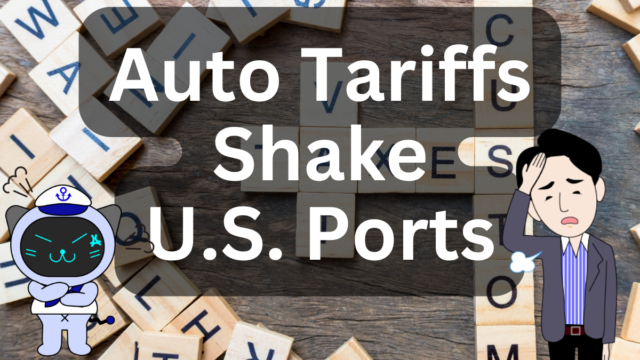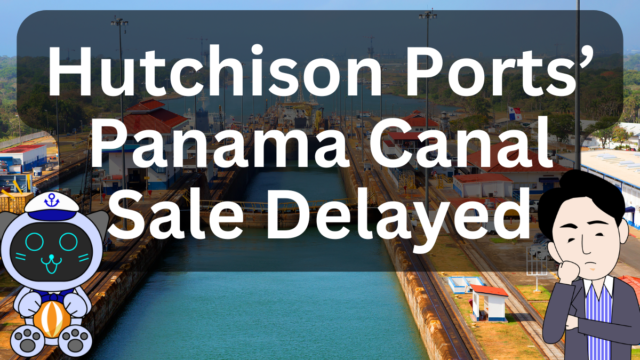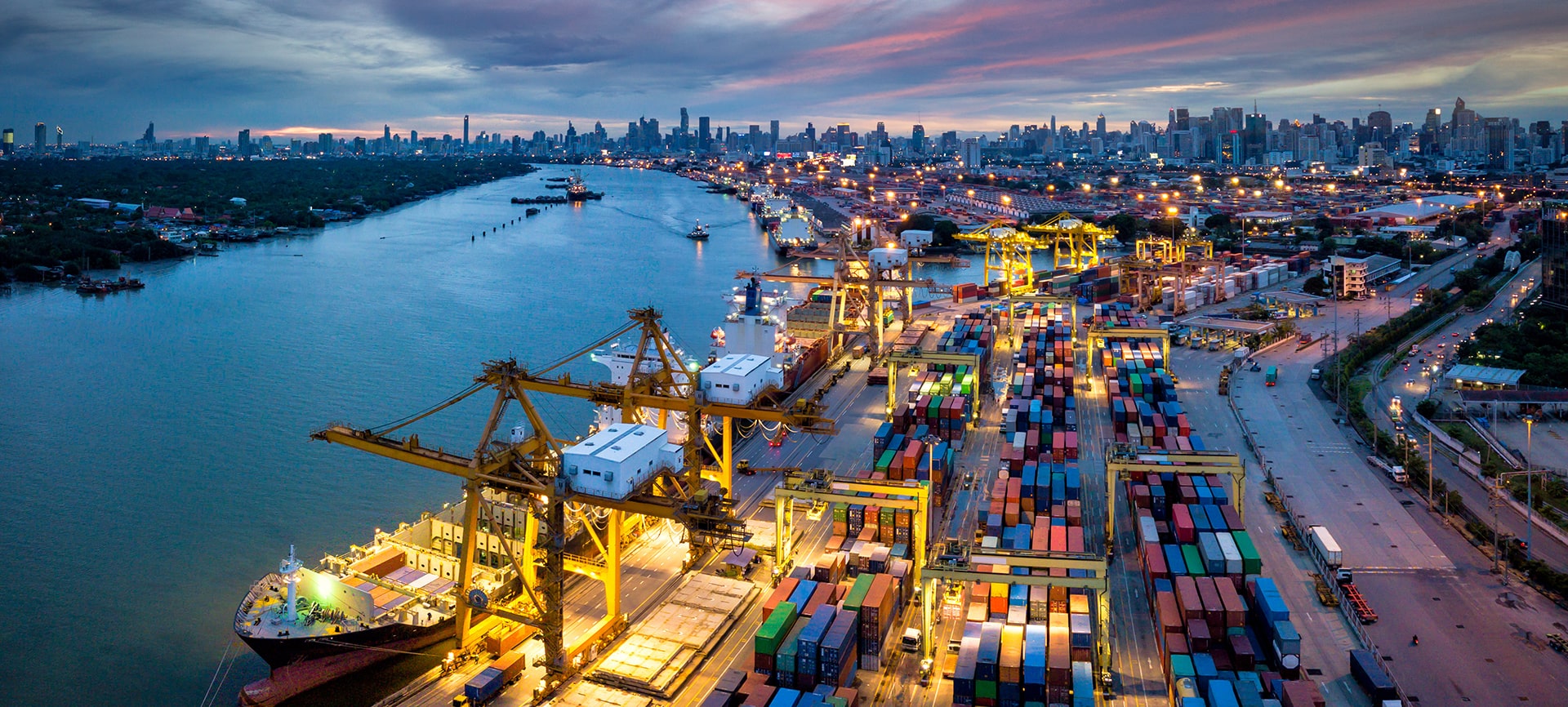Posted on: September 19, 2024 / Last updated: September 19, 2024
Explaining the Decline in Container Freight Rates and the Potential Impact of the North American East Coast Strike

Container freight rates have been steadily declining in the trade industry, especially for shipments to North America and Europe.
With concerns about a potential strike on the North American East Coast, the industry is paying close attention to how this could further affect shipping rates.
In this article, we’ll discuss the recent trends in container freight rates and the possible consequences of the East Coast strike.
Container Freight Rates Are Declining
As of September 2023, container freight rates for routes to North America and Europe have been dropping significantly.
For instance, the freight rate for a 40ft container from Shanghai to the North American East Coast has fallen to $6,838, marking a drop below the $7,000 threshold for the first time since May.
Typically, September is the peak season for shipping due to the preparation for the Christmas sales, but despite this, freight rates are continuing to decrease.
With China’s National Day approaching, many companies are rushing to ship goods before the holiday.
Despite this temporary increase in shipping volume, the rates remain in decline.
Rates for shipments to the U.S. West Coast have also fallen, currently standing at $5,494.
This suggests that the downward trend may continue in the coming months.
Impact of a Potential East Coast Strike
Another critical factor is the looming possibility of a strike on the North American East Coast.
If a strike occurs, many shippers may redirect their cargo to the West Coast to avoid disruptions.
However, so far, West Coast freight rates have not seen a significant increase.
This creates uncertainty about how freight rates will behave if a strike does indeed happen.
One key question is whether freight rates for the East Coast will rise if the strike occurs.
If more cargo shifts to the West Coast, rates there could rise, but as of now, no substantial increase has been observed.
This makes it crucial to monitor the situation closely.
Conclusion
While container freight rates are generally declining, the potential strike on the North American East Coast could have a significant impact on future rates.
Industry professionals should continue to keep a close eye on developments as the situation unfolds.


![[Industry Trends] MSC Becomes First to Reach 900 Vessels! Focus Shifts to North-South Routes with Independent Operations | IINO san's Logistics News](/wp-content/uploads/2025/04/20250417en-640x360.png)
![[Maritime Shipping Now] Container Freight Rates Remain Flat – What Lies Ahead? Impact of US-China Tensions | IINO san's Logistics News](/wp-content/uploads/2025/04/20250415en-640x360.png)








